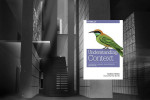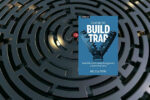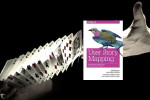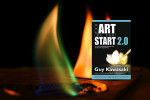Creating a design discourse with external interpreters
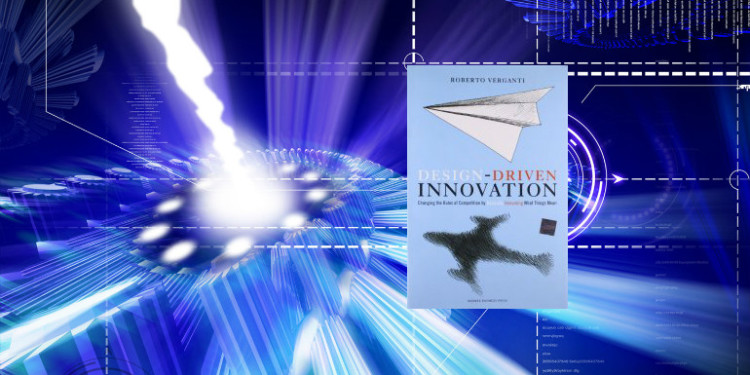
Design Driven Innovation: Changing the Rules of Competition by Radically Innovating What Things Mean by Roberto Verganti
Roberto Verganti focuses on two themes in Design Driven Innovation: the creation of meaning through design and the involvement of external interpreters in a continuing design discourse. Unlike the user-centered design philosophy, design-driven innovation radically innovates meanings by creating privileged relationships with key interpreters who are attuned to culture and business contexts. Interpreters can be artists, engineers, academics, designers, students, or practitioners all of whom share the same set of questions and act as influencers on the broader social and economic context. For Vergati, these relationships are a company’s competitive advantage because it is difficult to displace or replicate them. Unlike processes and tools, relationships are stronger and longer lasting assets.
Verganti tends to view user-centered design as myopic and unable to produce the radical innovation which is powerful enough to change the meaning of a product or service. Likewise, he does not believe in the cult of designers who are given the spotlight and singular authority over design decisions. Internal design teams, however open and talented, have difficulty maintaining objectivity in the face of internal belief systems and frameworks. In contrast to user-centered design, design-driven innovation is “based on participation more than observation.” It is this participation that leads to the creation of networks of relationships with interpreters who have the ability to find new meanings and introduce them to audiences through “seduction”. This two-fold power of interpreters is why radical innovation is so effective in building lasting differentiation and profitable growth.
By stepping back from a user performing a specific action and taking a broader perspective on the context in which that person lives, every company may discover that it is not alone. Every company is surrounded by several interpreters
To be successful in establishing external and internal networks of interpreters requires heterogeneity of viewpoints. Verganti promotes including unrelated disciplines in the design discourse and creating a “collective research laboratory.”
[A]sk yourself, “Which actors can help me envision how people could give meaning to things?”
The key to selecting the best interpreters is to find people who are adept at understanding how meaning is created in products and services. Verganti argues that design competitions will be a disincentive to the most talented designers because they will not want to be lost in the volume of entries. He also doesn’t want to let companies off the hook of the hard work of establishing and maintaining crucial relationships which naturally lead to the most valuable interpreters. Because innovation flows from research communities to applications, looking first within leading edge experimenters is most profitable.
Design languages and meanings often move between industries such furniture, home electronics, and digital technology. The iMac, for example, was a product which was meant to live within the home (life context, in Verganti’s words) and benefited from a design language from the domestic life context (rather than the corporate one). Effective interpreters can act as bridges between industries, but within the same life context.
Finally, interpreters can create shifts in meaning of products and services by continually experimenting within communities and audiences in a way that exposes new experiences and uses. The cultural context for these ongoing experiments provides the ground for radical innovation through creation of new meanings.




